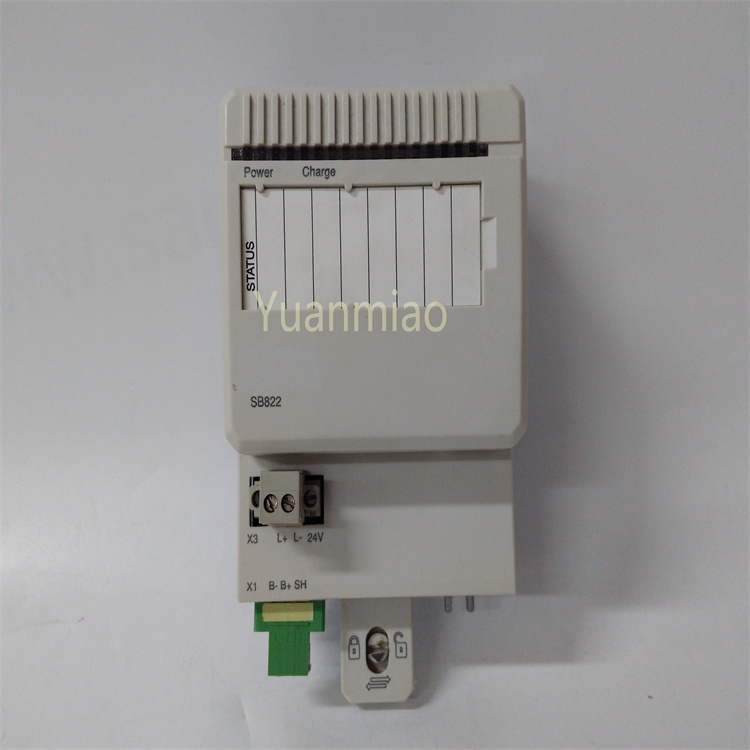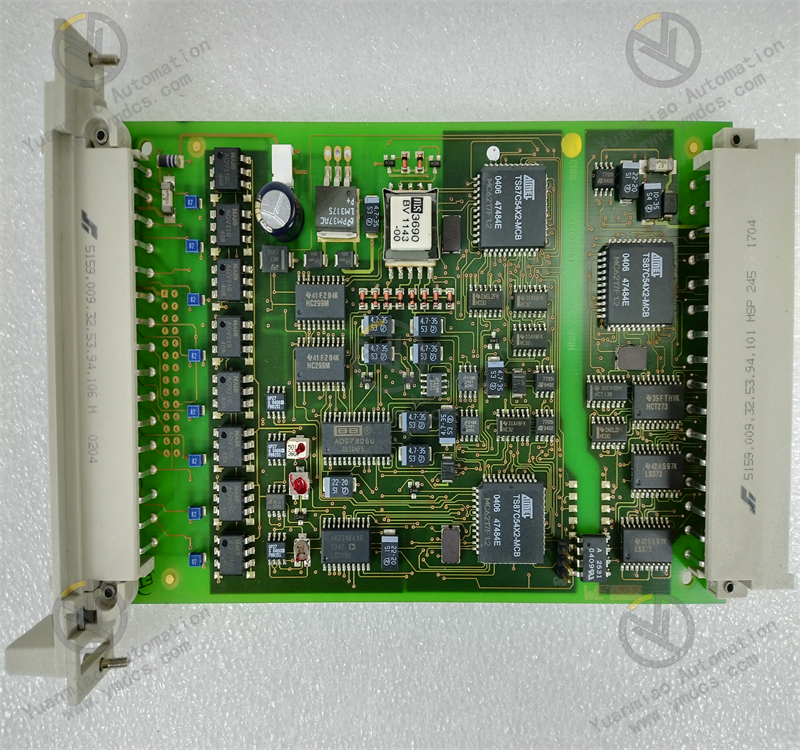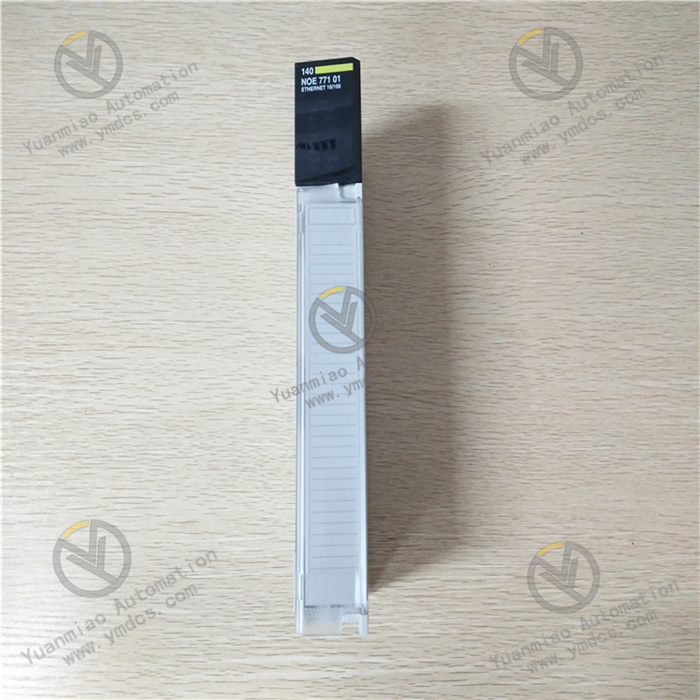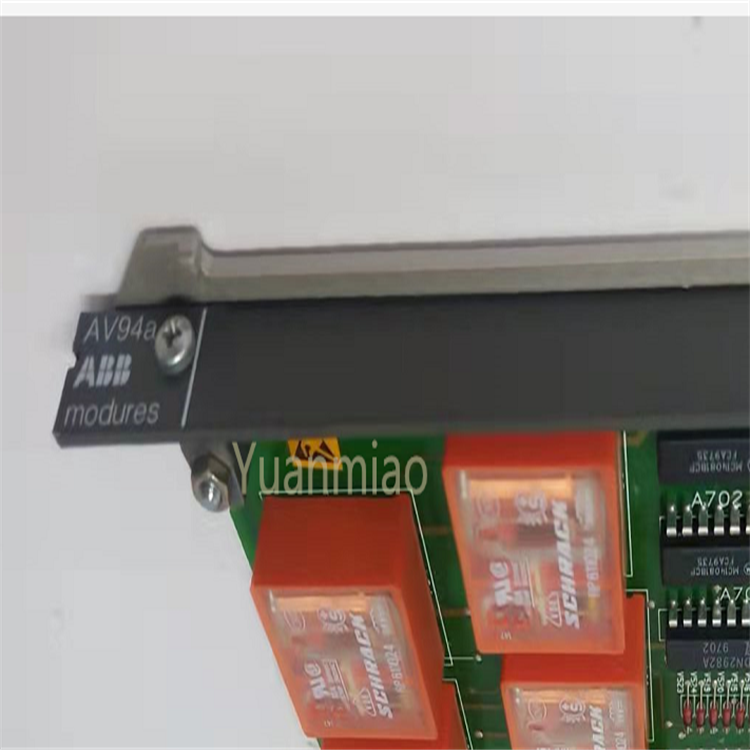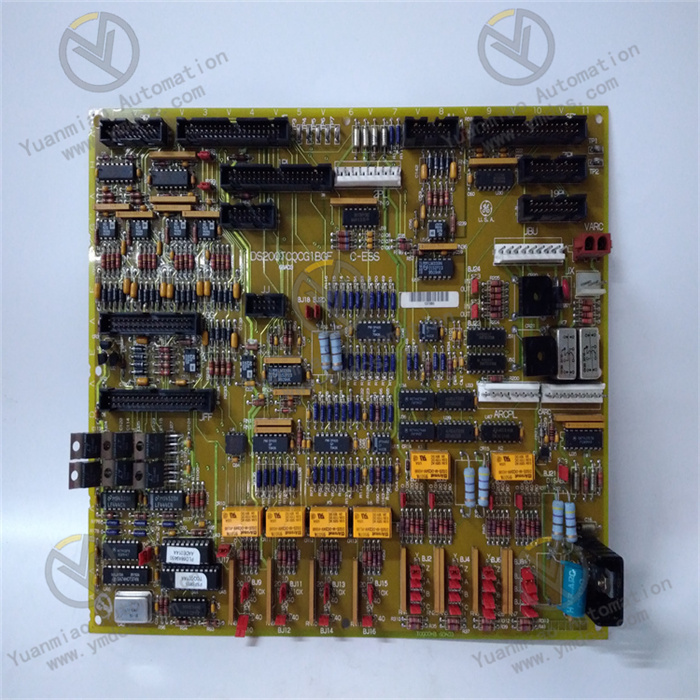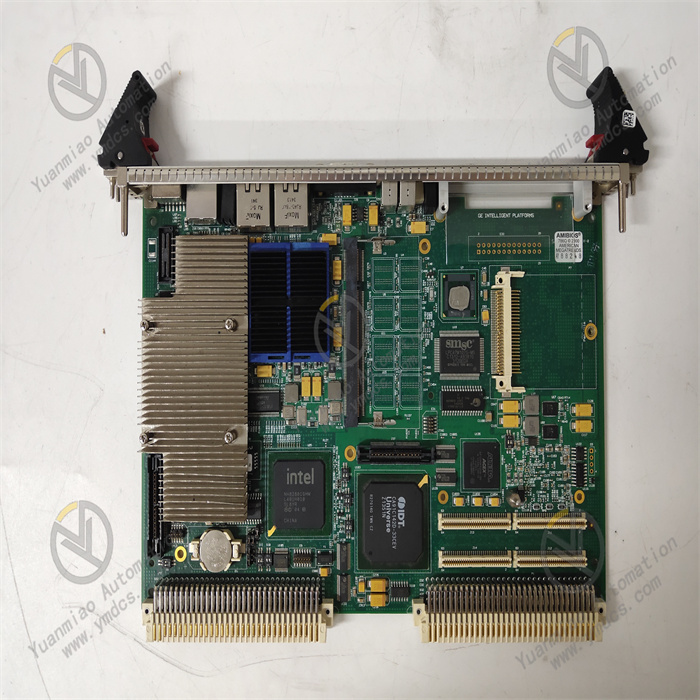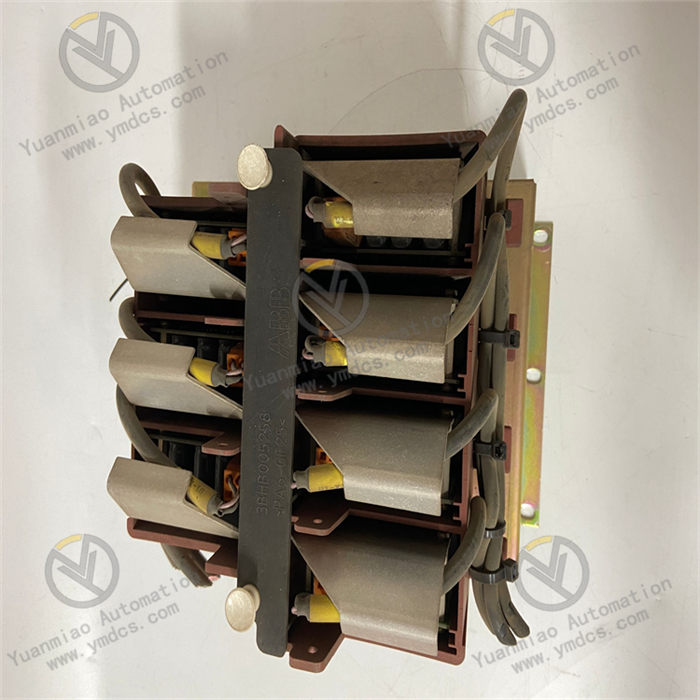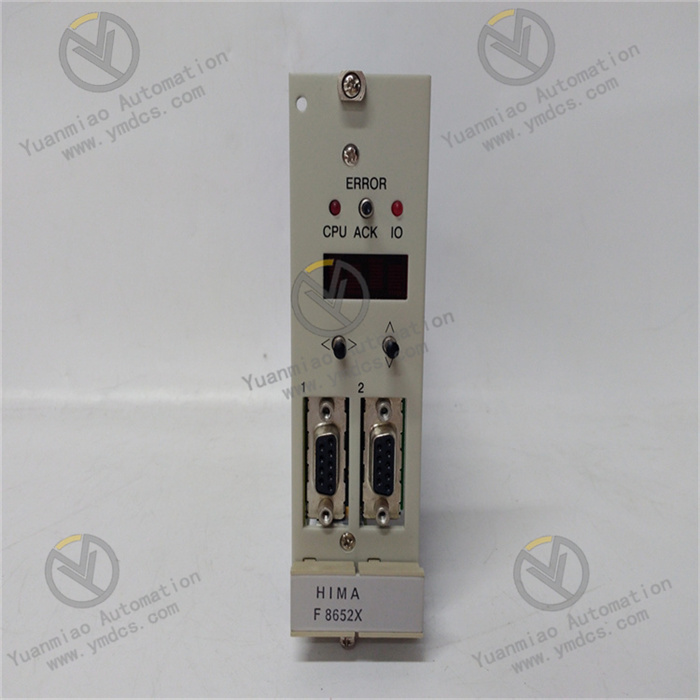Description
B&R 7AI261.7
I. Overview
The 7AI261.7 module features high precision, high stability, and strong anti-interference capability. It can adapt to the complex and variable environment of industrial sites and is widely used in automation systems of many industries such as machinery manufacturing, process control, energy and chemical industry, helping enterprises achieve precise monitoring and efficient management of production processes.
II. Technical Parameters
Input signal types: Supports various common analog input signals, mainly including:
- Current signal: 4mA - 20mA, which is one of the most widely used standard signals in the industrial field. It has advantages such as strong anti-interference ability and long transmission distance, and is suitable for signal collection of devices like pressure sensors and flow sensors.
- Voltage signal: 0V - 10V, suitable for signal access of devices such as temperature transmitters (outputting voltage signals) and liquid level sensors.
Measurement accuracy: Has high measurement accuracy, with an error usually within ±0.1% of full scale (specific accuracy value is subject to the product manual). It can ensure that the collected data accurately reflects the actual situation of on-site physical quantities, providing a guarantee for the precise decision-making of the control system.
Resolution: Adopts a 16-bit A/D conversion chip with high resolution, which can accurately capture small signal changes. It is suitable for occasions with high requirements for measurement accuracy, such as precision temperature control and micro-pressure monitoring.
Sampling rate: The sampling rate of each channel can reach a high level (such as hundreds of times per second, specific value refers to the product manual). It can quickly respond to dynamic changes of signals, timely reflect the instantaneous state of on-site parameters, and meet the needs of dynamic process monitoring.
Isolation characteristics: Electrical isolation design is adopted between the input channels and the backplane bus, with an isolation voltage usually up to 2500V AC or more. It effectively suppresses common-mode interference and series-mode interference in industrial sites, protects the module and control system from external electrical interference, and improves the stability and reliability of system operation.
Power supply requirements: Usually powered by the I/O rack or a dedicated power module, with a typical supply voltage of 24V DC. It has low power consumption, has little impact on the system power load, and is convenient for system integration.
Environmental adaptability: - Operating temperature: Generally can work stably within the range of 0°C - 60°C, and can adapt to higher or lower temperature environments in industrial sites.
- Relative humidity: Can operate normally in a relative humidity environment of 5% - 95% (non-condensing), and can cope with environmental conditions such as humid production workshops or rainy seasons.
- Vibration and shock resistance: Has certain vibration and shock resistance, meets the relevant standards of industrial equipment, and can work stably in occasions with slight vibrations (such as near machine tools, beside pump sets).
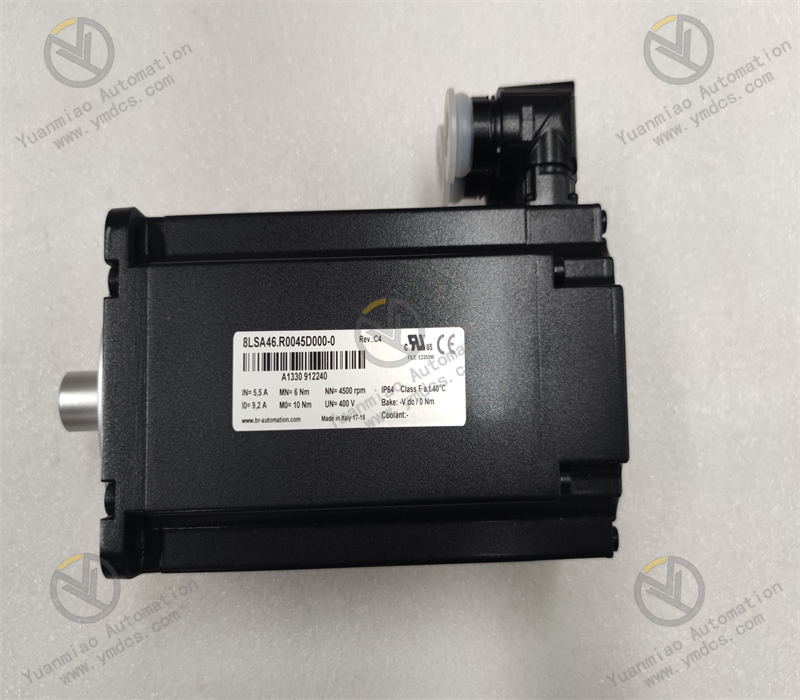
III. Functional Characteristics
Flexible configuration method: The module can be flexibly configured through B&R's Automation Studio programming software, such as setting the signal type (current or voltage), range, filtering parameters of each channel, to adapt to the signal characteristics of different types of sensors, and improve the versatility and adaptability of the module.
Diagnostic function: Equipped with perfect self-diagnosis and channel diagnosis functions, which can real-time monitor the working status of the module itself (such as power failure, hardware failure, etc.) and the signal status of each input channel (such as signal disconnection, signal over-range, etc.). When an abnormal situation occurs, the fault information will be uploaded to the control system through the communication bus, facilitating maintenance personnel to find and eliminate faults in time, and reducing system downtime.
Hot-swappable support: Some models support hot-swappable function. During the normal operation of the system, the module can be plugged and unplugged, facilitating the installation, replacement, and maintenance of the module without affecting the continuous operation of the entire system. It improves the maintainability and availability of the system, and is especially suitable for industrial scenarios that require continuous production.
Seamless integration with automation systems: As part of the B&R automation system, it can be seamlessly integrated with B&R's PLC, HMI, SCADA and other system components. Through standard communication protocols (such as PROFIBUS, EtherCAT, etc., depending on the system configuration), it realizes high-speed data transmission and interaction, ensuring the efficient collaborative work of the entire automation system.
IV. Common Faults and Solutions
Phenomenon: The collected signal value has a large deviation from the actual value, or the signal value is unstable and fluctuates violently.
Causes and solutions:
- Incorrect wiring: Check whether the signal wiring is correct, ensure that the signal line corresponds to the input channel of the module, and the positive and negative poles are connected correctly. For current signals, it is necessary to confirm whether the correct wiring method is adopted (such as the difference between the wiring of two-wire or four-wire sensors). After re-wiring correctly, conduct signal collection tests again.
- Signal interference: If there is strong electromagnetic interference on site (such as high-power motors, frequency converters and other equipment nearby), it may cause signal distortion. The following measures can be taken: replace the signal line with a shielded wire and reliably ground the shield layer at one end; arrange the signal line away from the interference source; add a filter capacitor at the input end of the module (it should be reasonably selected according to the signal frequency).
- Expired module calibration: After long-term use, the measurement accuracy of the module may drift. According to the requirements of the product manual, use a standard signal source to re-calibrate the module, adjust the zero point and gain of the module, and restore its measurement accuracy.
No signal input in the channel
Phenomenon: The signal value collected by one or more channels is always zero or a fixed value, with no actual signal change.
Causes and solutions:
Phenomenon: The signal value collected by one or more channels is always zero or a fixed value, with no actual signal change.
Causes and solutions:
- Sensor failure: Check whether the corresponding sensor is working normally, such as whether the sensor is powered normally and whether it is damaged. The sensor can be connected to other normal channels or a spare sensor can be used for replacement testing to determine whether the sensor has a problem. If the sensor is faulty, just replace the sensor.
- Signal line disconnection or poor contact: Check whether the signal line is broken, the connector is loose or oxidized. Use a multimeter to measure the on-off of the signal line, clean the oxide layer of the connector and re-tighten it to ensure reliable line connection.
- Channel damage: If both the sensor and the signal line are normal, the internal circuit of the channel may be damaged. The signal of this channel can be switched to other spare channels for collection. If the spare channel is normal, it indicates that the original channel is damaged, and the module needs to be repaired or replaced at this time.
Module cannot communicate or is not recognized
Phenomenon: After the module is installed on the rack, the control system cannot recognize the module, or the communication with the module is interrupted, and the collected data cannot be obtained.
Causes and solutions:
Phenomenon: After the module is installed on the rack, the control system cannot recognize the module, or the communication with the module is interrupted, and the collected data cannot be obtained.
Causes and solutions:
- Installation problem: Check whether the module is correctly installed on the I/O rack and whether the connection with the rack is tight. Re-plug the module to ensure that the connector between the module and the rack backplane is in good contact.
- Power failure: Check whether the power supply of the module is normal and whether the power supply voltage is within the specified range (such as 24V DC). Use a multimeter to measure the supply voltage. If the voltage is abnormal, check the power module or power supply line to eliminate the power failure.
- Bus failure: If the module communicates with the control system through a bus (such as PROFIBUS, EtherCAT), check whether the bus connection is normal, whether the bus terminal resistance is set correctly, and whether the bus has short circuit or open circuit. A bus tester can be used to detect the bus signal to eliminate bus faults.
- Module hardware failure: If the above checks are normal, there may be a hardware failure of the module itself (such as damaged communication interface). Contact professional maintenance personnel for testing and replace the module if necessary.


